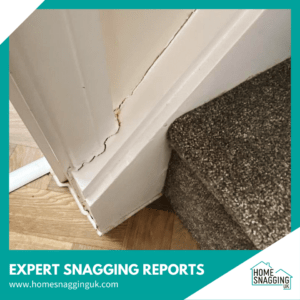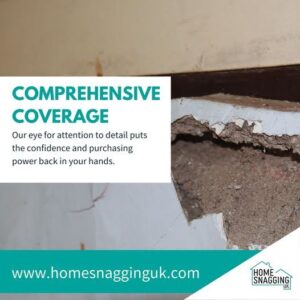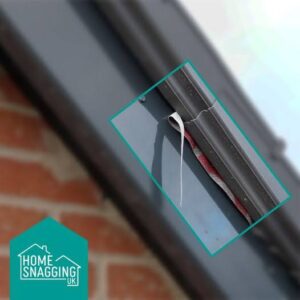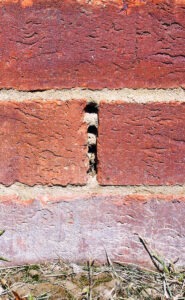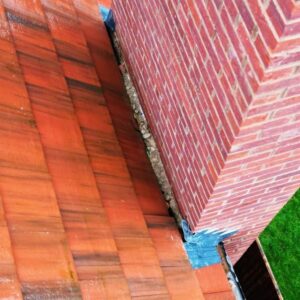
Avoid Costly Mistakes: Snagging & Home Inspections in Yorkshire
Avoid Costly Mistakes: The Importance of Home Inspections in Yorkshire BookOnline Now When purchasing a newly built home, it is crucial to ensure that your investment is protected. Home inspections,




